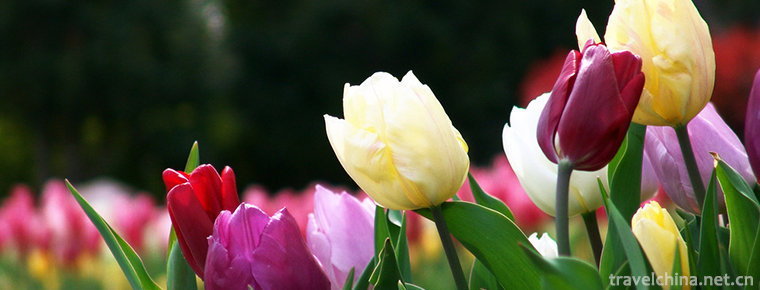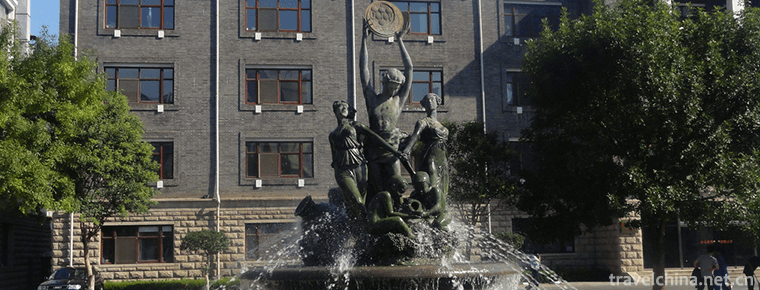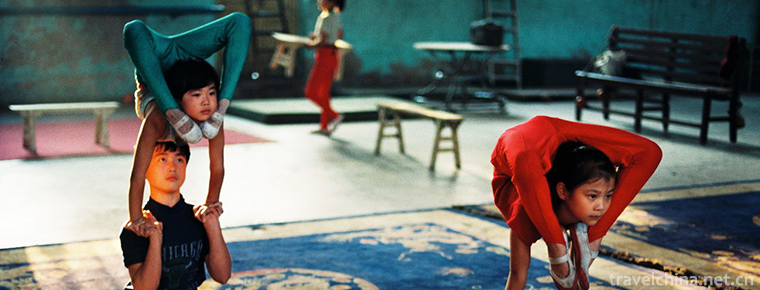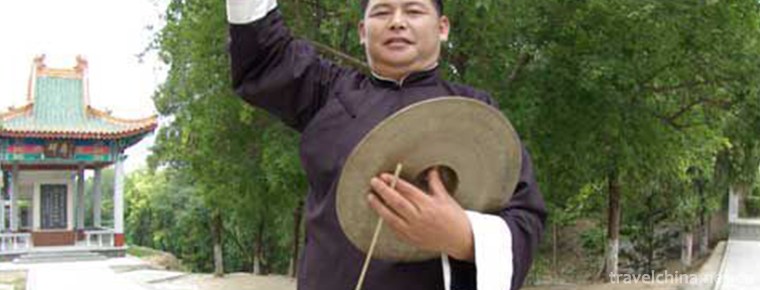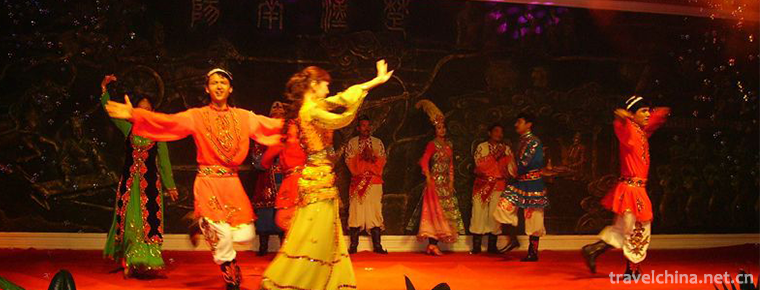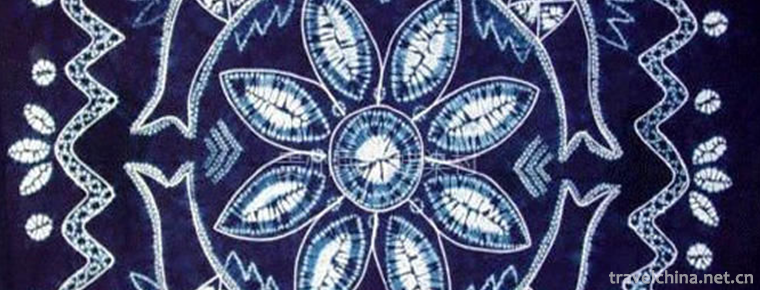Kazakh Kubuzi
Kazakh Kubuzi
Kubuzi is the representative of Kazakh's playing instruments. Chinese is also translated into Hobbes, Hobbes, Kibbs and so on. Kubuzi structure is simple and beautiful, used for solo, ensemble or accompaniment, popular in Xinjiang Uygur Autonomous Region Yili Kazakh Autonomous Prefecture, Barikun, Muli Kazakh Autonomous County, Haixi Mongolian Tibetan Kazakh Autonomous Prefecture in Qinghai Province and Aksai Kazakh Autonomous County in Gansu Province.
On May 23, 2011, Kazakh Kubuzi was listed in the third batch of national intangible cultural heritage list with the approval of the State Council.
historical origin
According to folklore, Kubuzi was closely related to Religion in ancient times. It was a necessary instrument for people to divine and cure diseases by Kazakh witches. Wizards occupy a very important position in Kazakhs, but they are not omnipotent, but are dominated by gods. In the process of inviting gods, the wizard should first play the music that the gods love to listen to with Kubuzi, so that the gods can go down and attach themselves to the wizard, and answer all kinds of divination through the wizard's mouth. Kubuzi has become a tool for communication between wizards and gods. The higher the wizard's skill of playing Kubuzi, the more melodious the melody, the earlier the gods appear. Kubuzi has become a skill that wizards must learn well. Whenever Kazakh festivals or festivals are held, wizards play folk music, which is also an instrument for mass entertainment.
Although the historical documents do not contain the time when it came into being, it can be inferred that Kubuzi has a long history from the ancient Kazakh people living in good neighborhood with Mongolian and Kirgiz people, and from the similarity and close origin between Kubuzi and Mongolian stringed instruments, such as Tofuxiu and Kirgiz La stringed instruments.
The earliest Kubuzi, also known as Klekubuzi, is one of the oldest stringed instruments circulated among the Kazakh people. Its body is bowed, with only one horsetail string and no fingerboard at its neck. Because the herdsmen make the piano locally and according to their aptitude, the style and size of the piano are often very different. This most primitive stringed instrument can still be seen in remote mountainous areas of Kazakhstan. Later, on the basis of Klekubuzi, the two-stringed Klebzi was made by adding chord axis (left and right), strings and fingerboard. It still uses horsetail string or cow-tendon string, which is very similar to today's Kirgiz laconic instrument Kyak.
artistic characteristics
The traditional Kubuzi piano body is made of a whole piece of wood, 60 cm to 65 cm in length. The shape of the resonance box is spoon-shaped. The top part is large and the bottom part is small. The length of the box is 27 cm to 29 cm. The upper part is open-type exposed, without skin film or wooden panel, and the lower part is covered with camel skin or sheep skin. The head of the piano has no ornaments, with chord grooves and chord pillows, and three chord axes (left one and right two) on both sides. The neck is slender and long with no taste on the front. A piano horse and three camel strings are arranged on the skin membrane.
In the Museum of Chinese Musical Instruments of the Music Research Institute of Beijing Academy of Art, there is a Kubuzi from Kazakh people on display. The body of the piano is made of a whole piece of mulberry wood with a total length of 63 cm. The abdominal cavity is dug out at the lower part of the timber. The upper part of the resonance box is semi-circular and the lower part is semi-cylindrical. The length of the piano box is 28.5 cm, the upper part is 15 cm wide, the lower part is 10 cm wide, the upper part is 8 cm thick and the lower part is 5.5 cm thick. The upper part is covered with sheepskin and the upper part is exposed. The piano head is semi-curved, with a rectangular chord groove in the middle and three axes (left one and right two) on both sides. Chord axle pear wood, for Violin button string type, axis length 6 cm. The leather is covered with wooden horses and three strings. The bow of a violin bow is made of wood and tied with a horsetail as its bow hair, similar to that of a violin bow.
Playing in a sitting position with legs flat and knees clamped at the bottom of the box; holding the piano in the left hand, using the fingertips of the index finger, middle finger and ring finger to the outside of the first joint, it is difficult to press the strings from inside to outside; holding the horse-tail bow and sticking rosin in the right hand to play outside the strings. The chord is g, a, d1, and the range g-g2 has two octaves. It sounds like a violin.
Representative works
Most of the performances are folk tunes, and the more famous ones are Altay and the Black Walker.
Inheritance significance
Every song in real folk traditional music contains a complete story or moral, and has its own unique melody. Because many ethnic minorities live in remote and obscure places, and their music crosses the border, penetrates the air, and connects with nature. It makes people feel that music is so real and natural. It is also true that real music is folk, traditional and world, and there is no boundary. Traditional Kubuzi's life should also be long-term, because the music it plays is like the scenery to the eyes, it should be an eternal landscape.
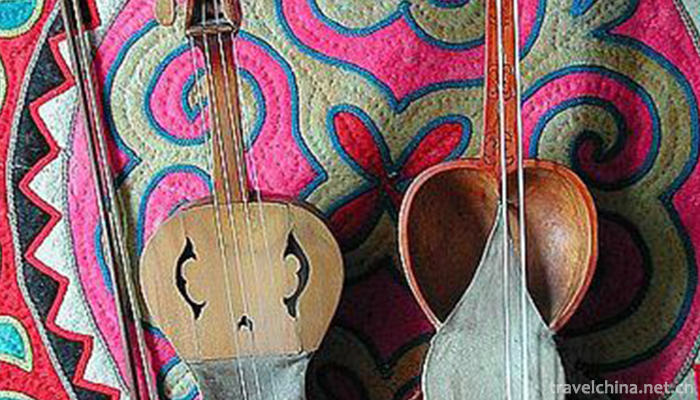
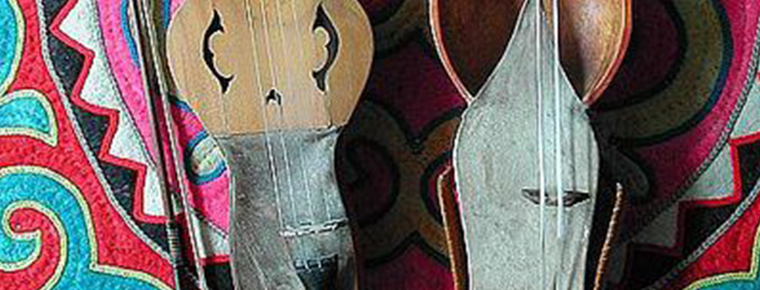
Kazakh Kubuzi
-
Shanghai Flower Port
Shanghai Flower Harbor is a new town in southeastern Pudong along the dripping lake of the East China Sea. It has a unique geographical location. Opened in September 2002
Views: 253 Time 2018-12-19 -
Wulian Mountain Scenic Area
Wulian Mountain Scenic Area covers a total area of 68 square kilometers and is a national AAAA-level tourist area. It is composed of Wulian Mountain and Jiuxian Mountain
Views: 180 Time 2018-12-22 -
Silver Beach
Beihai Silver Beach is a tourist attraction of Beihai City. It is located in Yinhai District of Beihai City, Guangxi. It starts at the fishing port of Qiaogang Town in the West and reaches Guansha in
Views: 322 Time 2018-12-26 -
Zhangyu Wine Culture Museum
Zhangyu Liquor Culture Museum is one of the few professional museums in the world wine industry. It is located at the original site of Zhangyu Company, Da Ma Lu, Zhifu District, Yantai City, Shandong
Views: 177 Time 2019-03-17 -
Kazakh Dastan
Dastan is the main carrier of Kazakh folk culture. It is a folk rap art with a long history. Every Dastan has a complete story. All kinds of Kazakh folk culture are handed
Views: 157 Time 2019-05-02 -
Li Nationalitys Wood Drilling and Fire making Techniques
Li people's wood-drilling and fire-making skills, Hainan Province's local traditional handicraft, one of the national intangible cultural heritage.
Views: 207 Time 2019-05-13 -
Liaocheng acrobatics
Liaocheng acrobatics is a traditional folk acrobatics art in Shandong Province. Liaocheng is one of the birthplaces of Chinese acrobatics. In the late Neolithic period, Liaocheng was the main area whe
Views: 172 Time 2019-05-13 -
Laozi Shandong Province
Shandong Laozi is a traditional opera art form which spreads in Shandong Province. It evolved from the ancient "lotus flower falls". Laozi instruments are mainly cymbals (commonly known as G
Views: 169 Time 2019-06-13 -
Uygur Folk Songs
Uygur folk songs are rich in content, which can be divided into two parts: traditional folk songs and new folk songs. Traditional folk songs include love songs, labor songs, historical songs, Life son
Views: 171 Time 2019-06-26 -
Tie dyeing skills
Tie-dyeing, known as Zha Val, Ge Val, Jia Val and Dye Val in ancient times, is a traditional and unique dyeing process of Chinese folk. A dyeing method in which fabrics are partially tied up so that t
Views: 160 Time 2019-07-16 -
Liushi Manorial Museum
Dayi Liushi manoral museum is located at No.15, Jingui street, Anren Town, Dayi County, Chengdu City, Sichuan Province. It is one of the important historical sites and representative buildings in modern China.
Views: 204 Time 2020-11-05 -
Geographical environment of Mianyang
Mianyang City is located in the northwest of Sichuan Basin, in the middle and upper reaches of Fujiang River, bordering Qingchuan county and Jiange County of Guangyuan City in the East, Shehong city and Daying County in Suining City in the south, Luojiang
Views: 336 Time 2020-12-14
